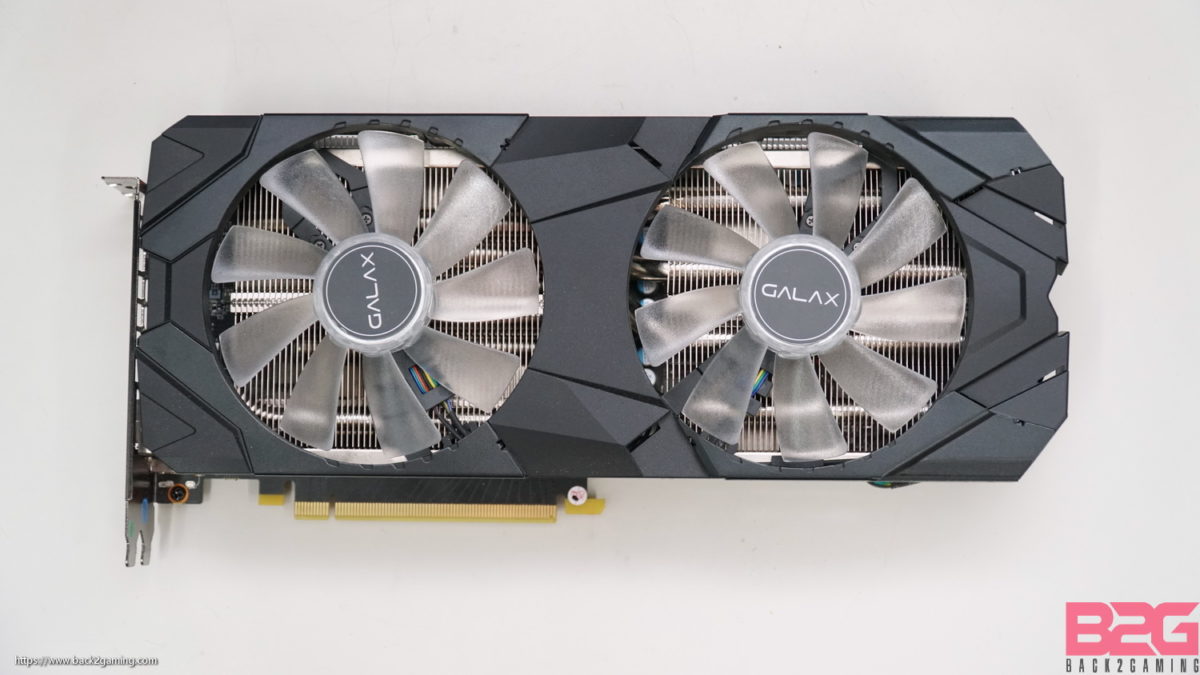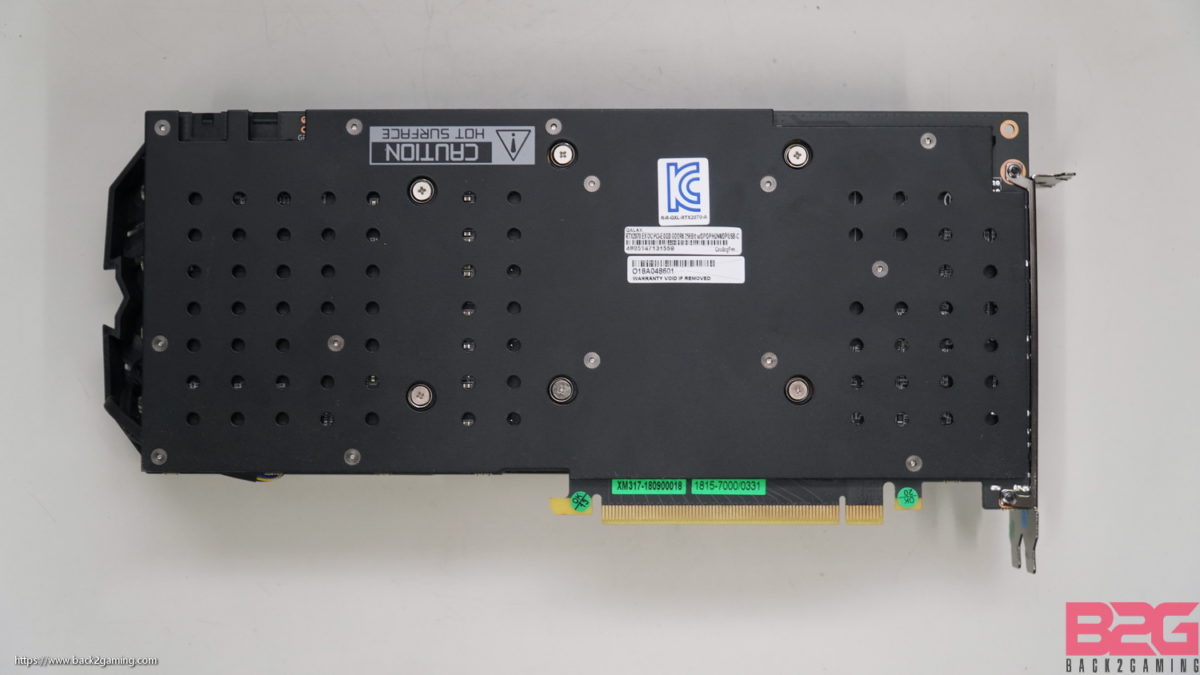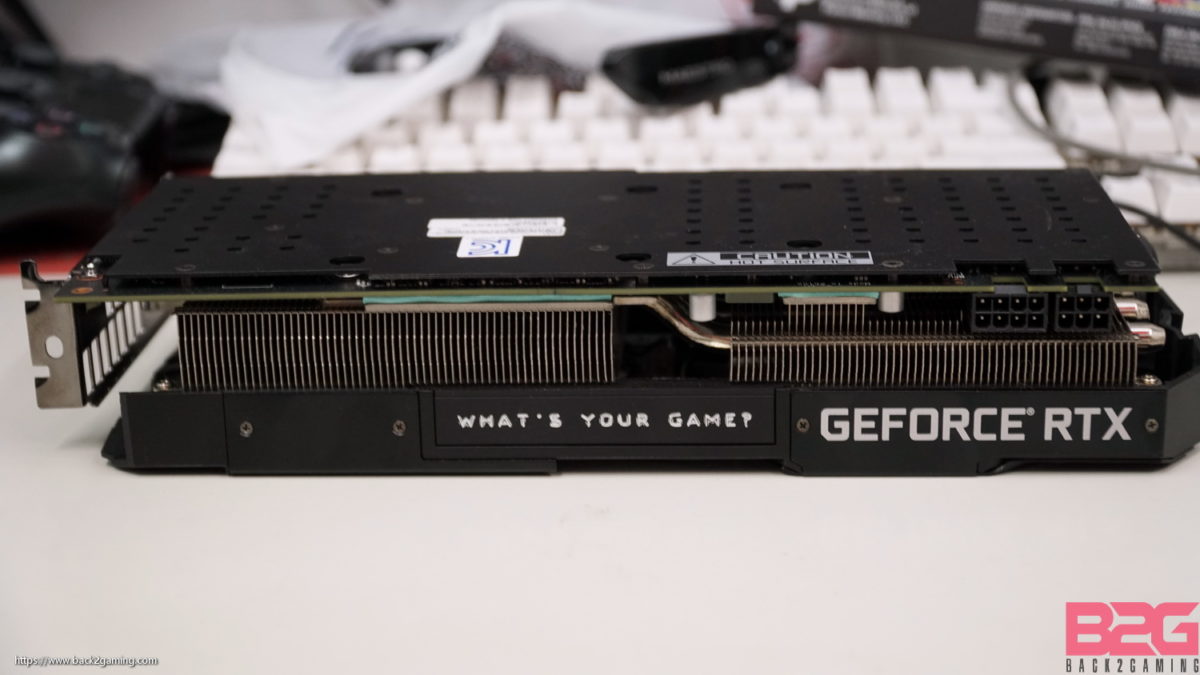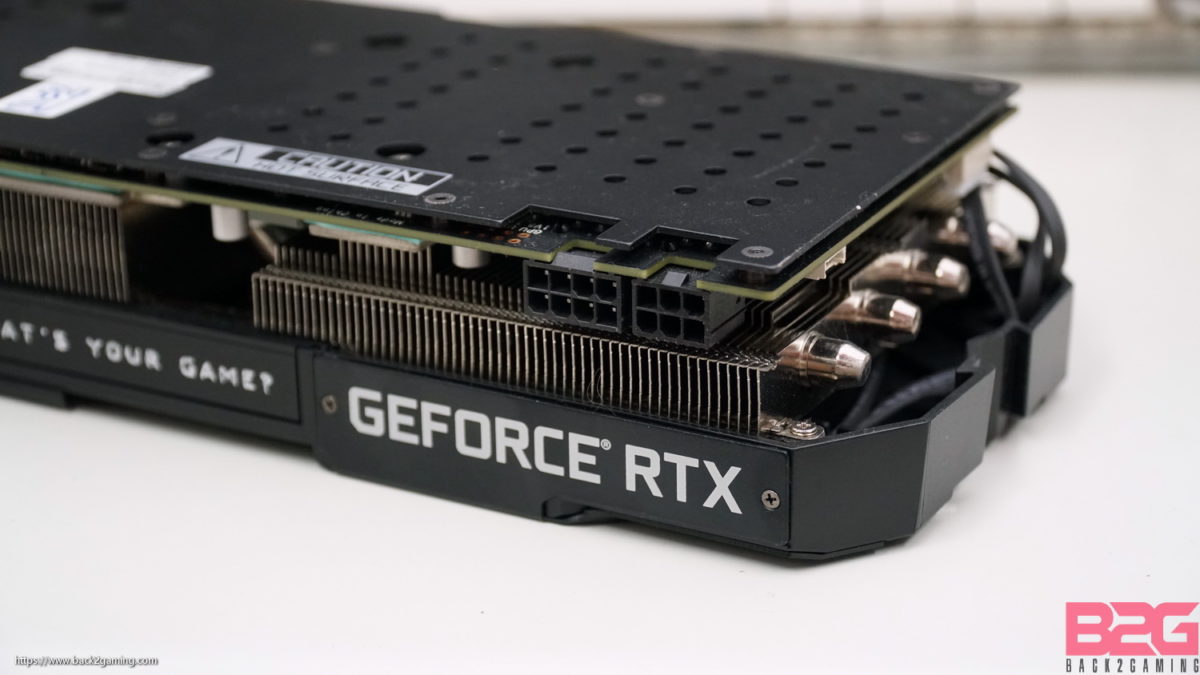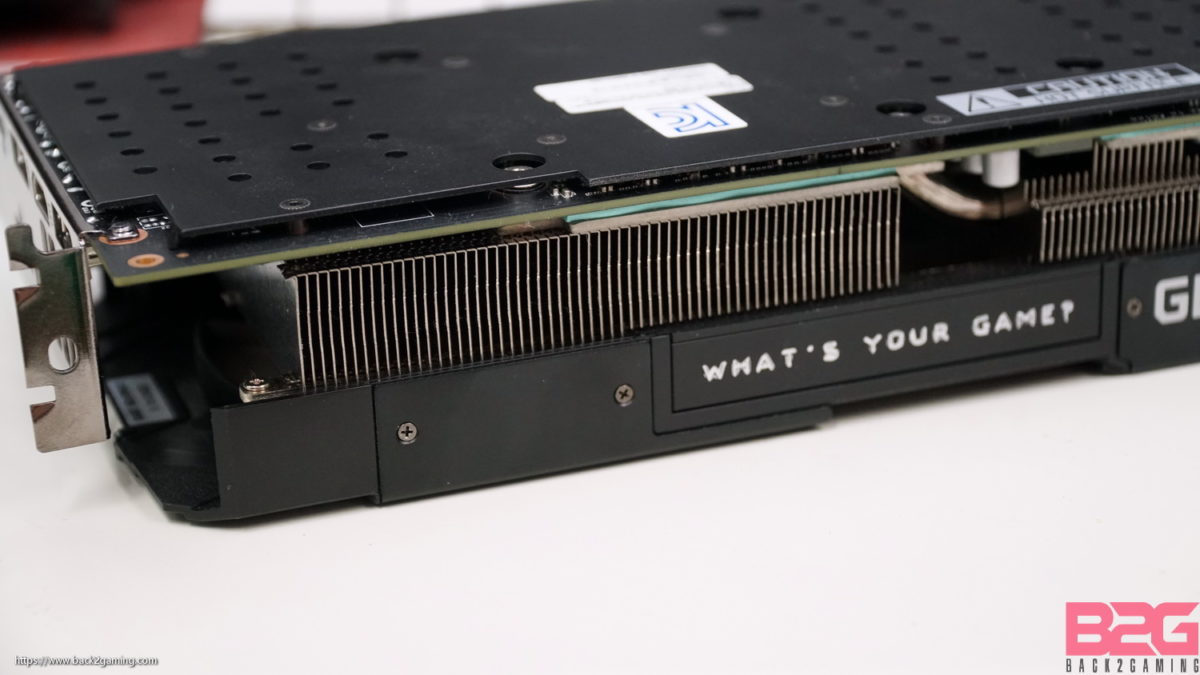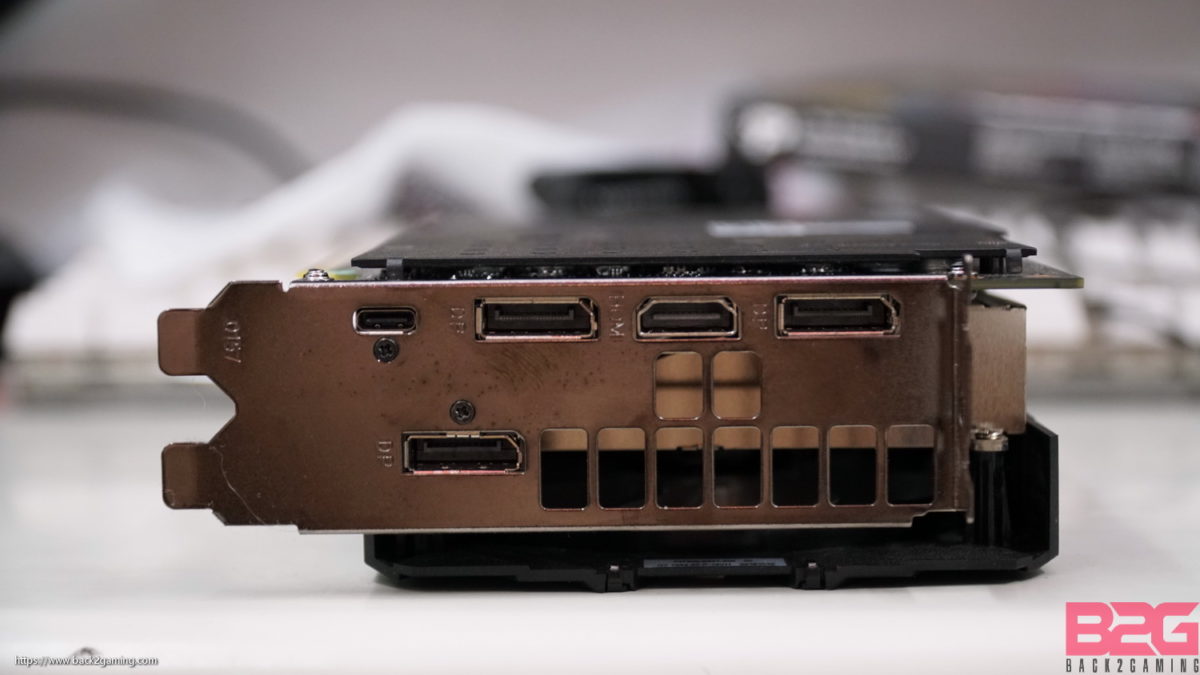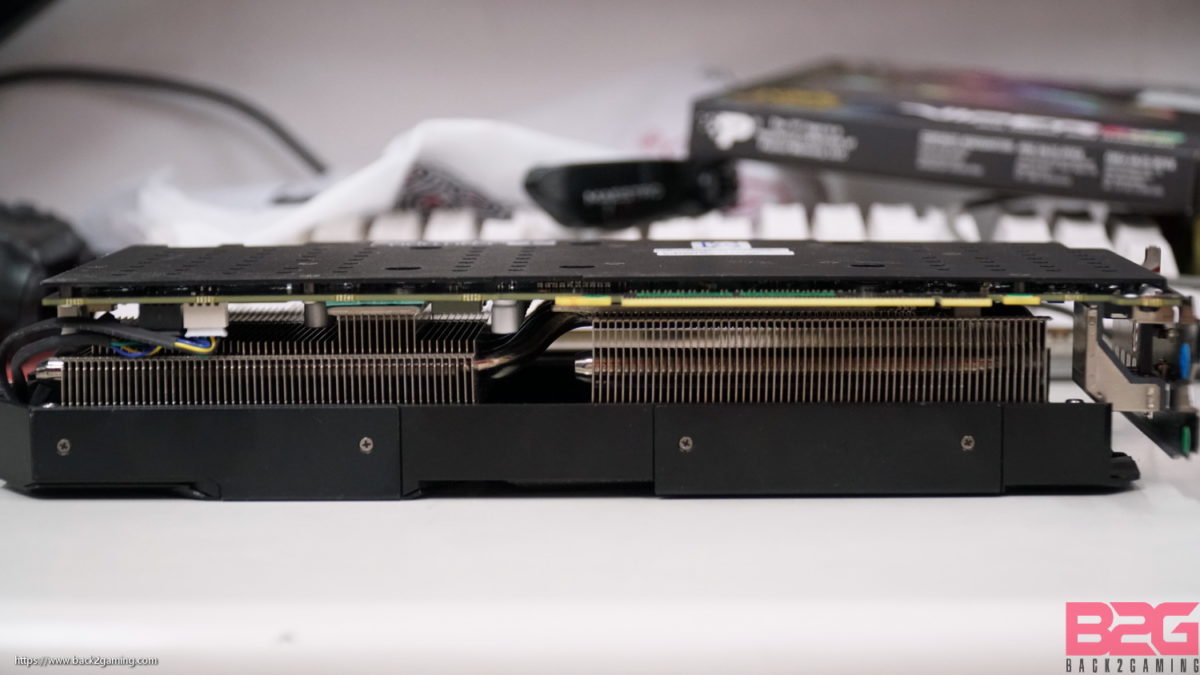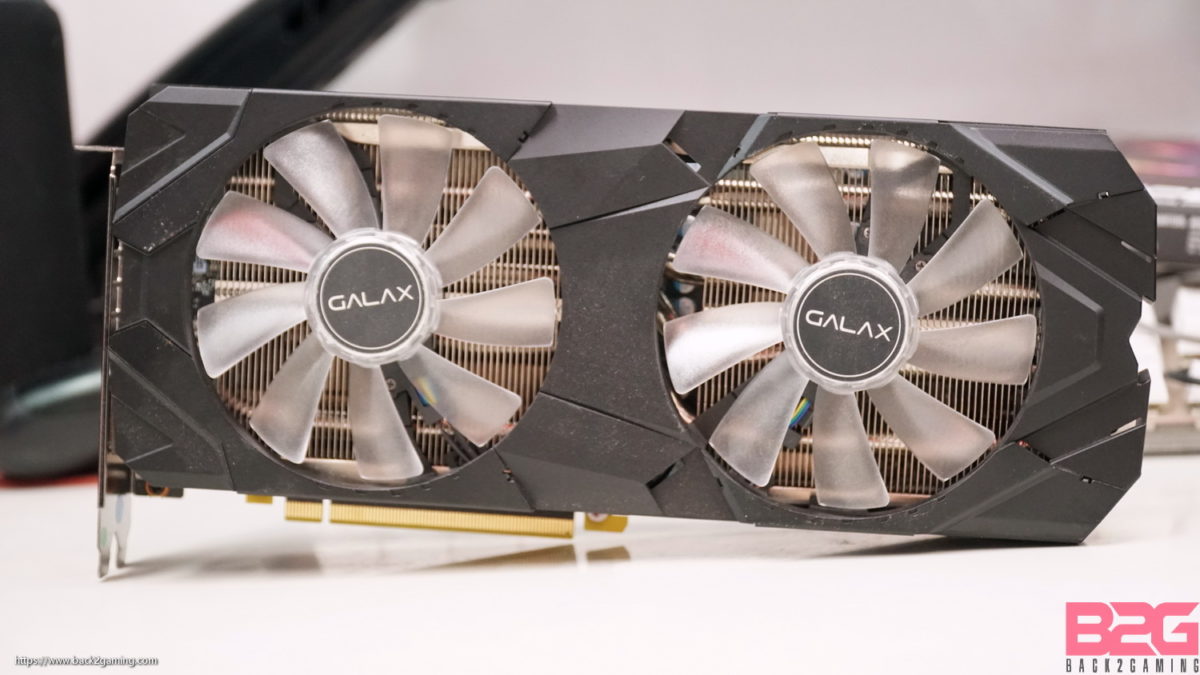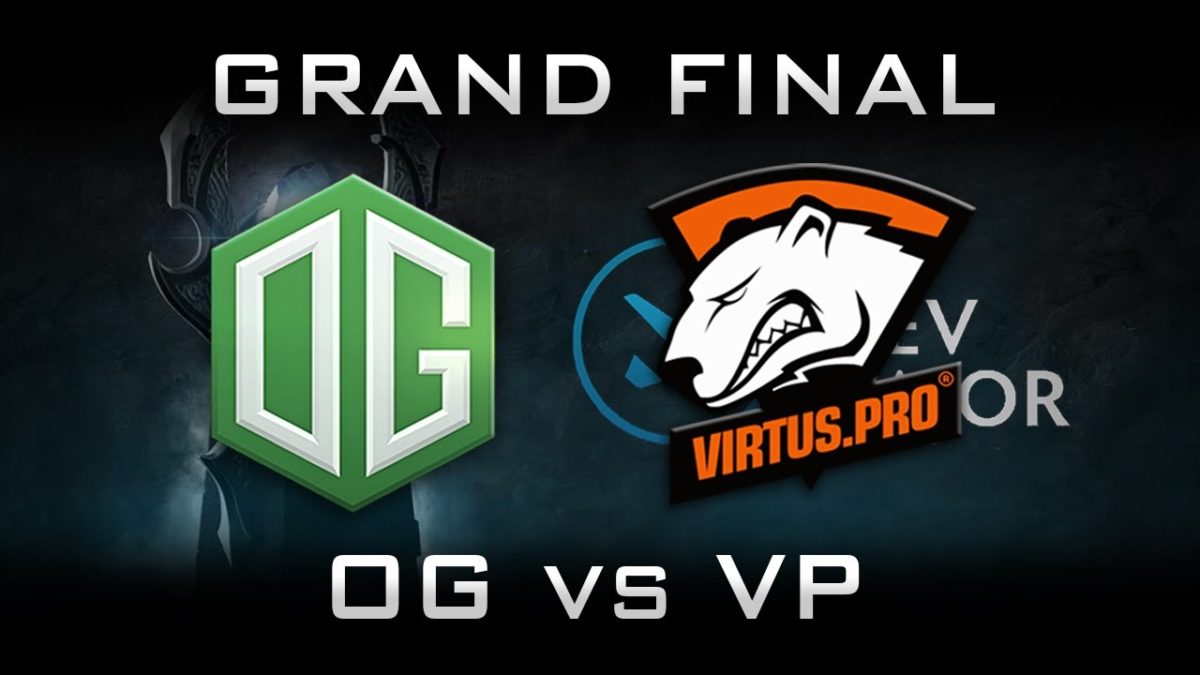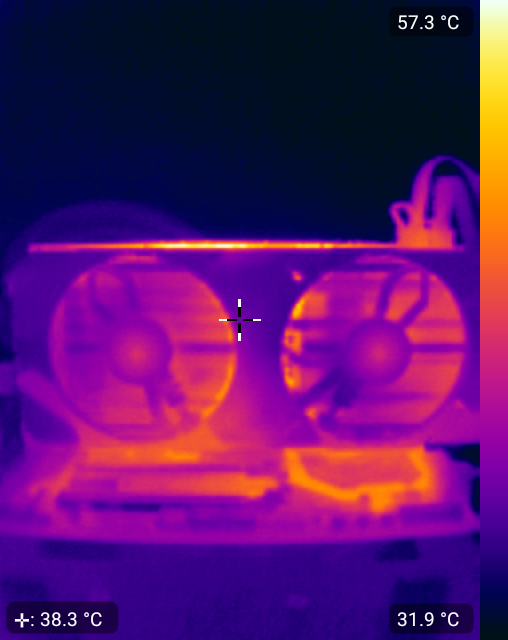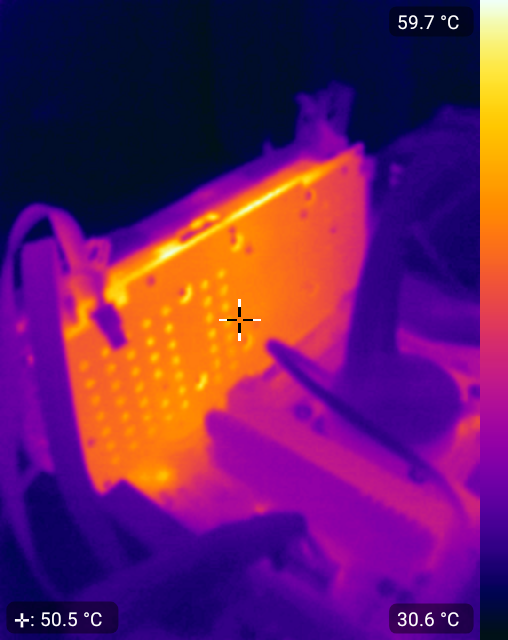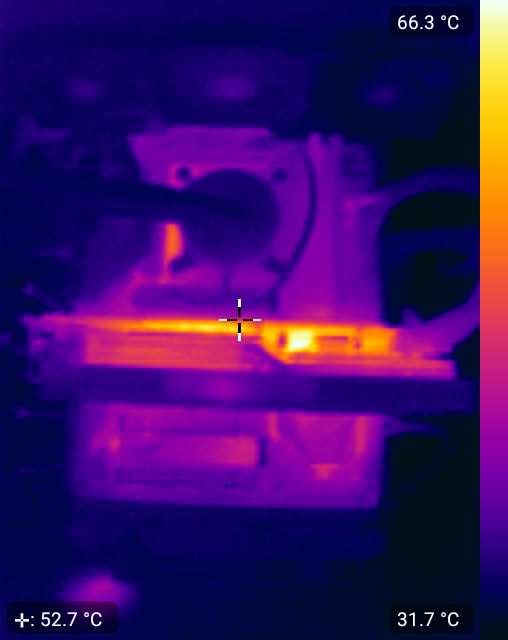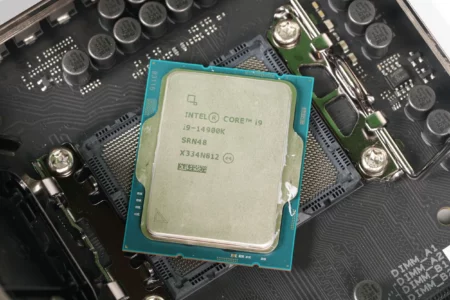Introduction
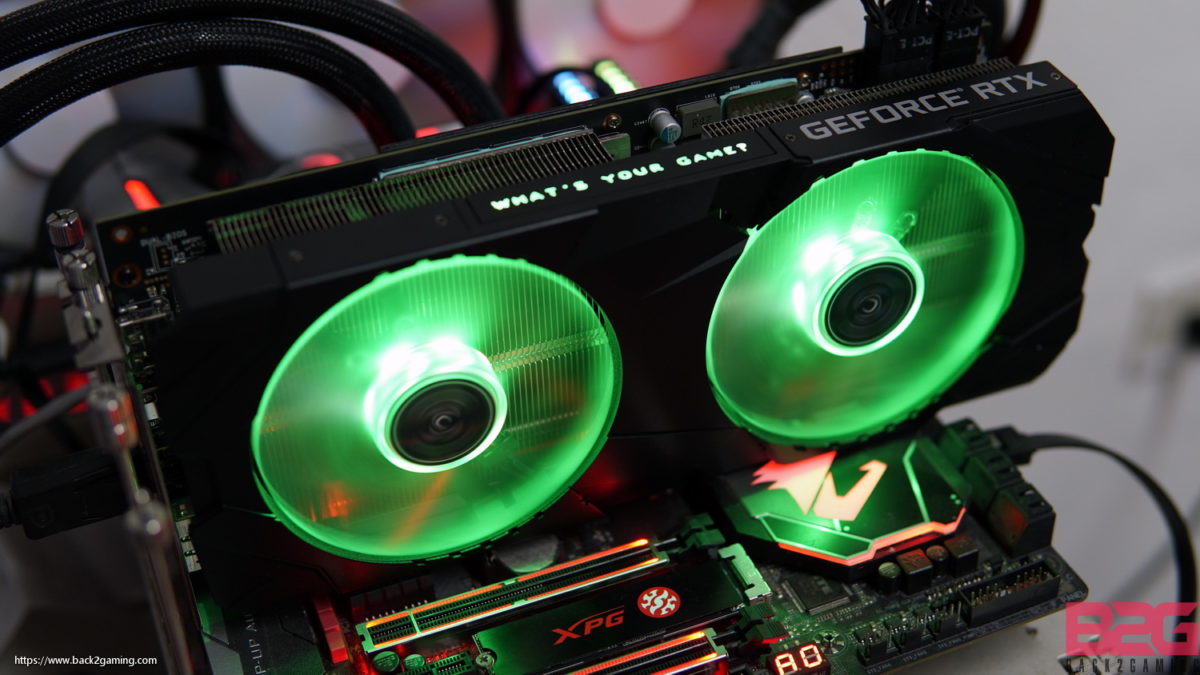
NVIDIA’s RTX 2070 is the most balanced in terms of price:performance ratio amongst the current crop of RTX cards. With the RTX 2080 and RTX 2080 Ti still sitting on sky high prices, the RTX 2070 presents a decent entry into the RTX realm without going past the current prices of last-gen’s top cards. This makes it more ideal to people comparing RTX prices to GTX 10-series cards. For those looking to get an affordable option that still manages to flex out some decent performance and also sport overall good build quality, many brands have crafted aftermarket-cooled cards that offer both at decent prices.
One of those brands is GALAX and today we’ll be taking a look at their GALAX RTX 2070 EXOC graphics card. This card comes in both black and white versions as well as OC and non-OC variants. Amongst the OC variants, there’s a 1-click model that features further OC features but focusing on what we have today, we have the factory overclocked RTX 2070 from GALAX from their mainstream offering of graphics cards.
Read on and find out more about the GALAX RTX 2070 EXOC.
About the NVIDIA GeForce RTX 2070
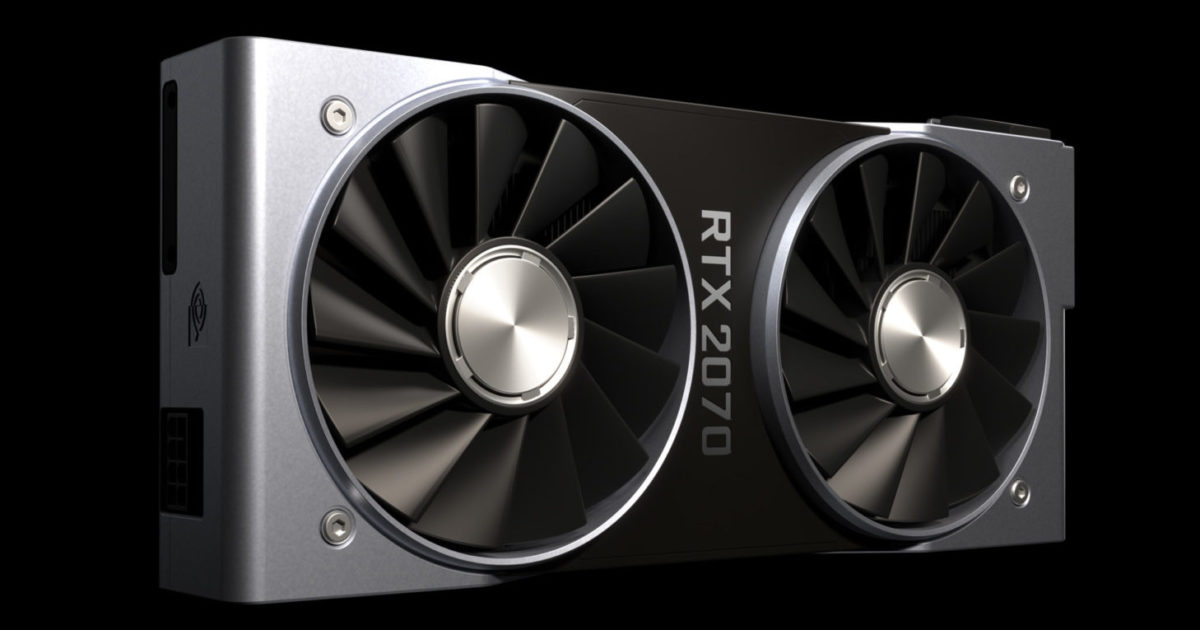
The NVIDIA RTX 2070 is the third card in the NVIDIA RTX stack initial announcement. It was released a bit later than the RTX 2080 Ti and RTX 2080 and NVIDIA has set a starting SRP of $499 for the card. The RTX 2070 Founders Edition is priced at $599. Board partners have SKUs that start at $499 which is what NVIDIA has asked but will be able to make models that can go higher in pricing.
The RTX 2070 is a change in direction in terms of the chip segment. Previous GPUs of the xx70 lineage have been cutback version of the xx80 cards sharing a similar GPU e.g. the Pascal-based GP104 are used by the GTX 1080 and GTX 1070 which is joined later on by the GTX 1070 Ti. For the RTX 2070, it uses the TU106. The TU106 is basically one-half of the TU102 powering the RTX 2080 Ti.
The RTX 2070 features 2304 CUDA cores and runs at 1410Mhz base clock and can turbo up to 1620Mhz on reference cards. NVIDIA distinguishes their self-made Founders Edition cards for the RTX 20-series with a factory OC and the RTX 2070 FE will have a boost clock of 1710Mhz. The RTX 2070 features 8GB of GDDR6 memory running at 1750Mhz wired to a 256-bit wide bus.
About the GALAX RTX 2070 EXOC
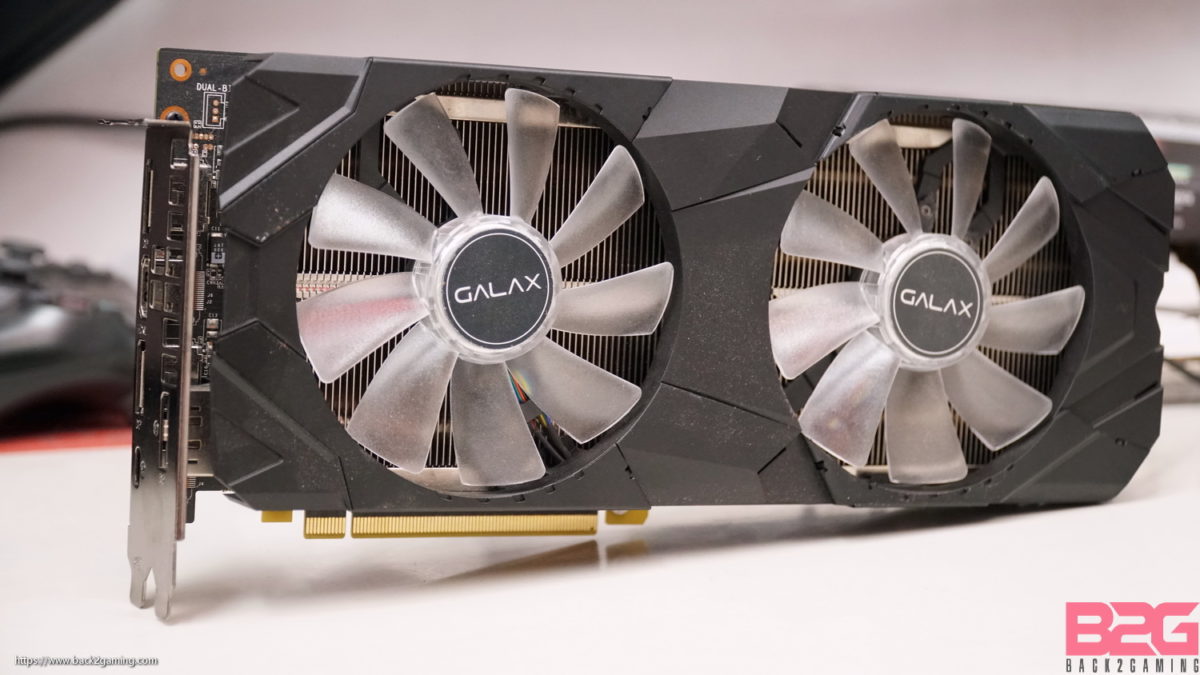
GALAX has been, for the most part of the last 3 years, doing better with their designs and have reached that point where even their entry-level models exude a decent amount of quality than their counterparts during their early days. GALAX or KFA2 for our western readers, have had great success with their Hall of Fame series and that has indeed helped them make better designs that have trickled down to their more affordable models.
The new RTX cards from GALAX come in various models, so much so you’d actually have a hard time scouring their product pages to see which is which. To make it more simple, they have their RTX 2070 variants come in the following types of coolers:
- Blower type – reference type with blower cooling solution
- EX – basic model with twin fan design, also comes in OC variants
- EX White – white version of above, also comes in OC variants
- OC edition – features a crystal shroud and full copper contact heatsink
- OC edition White – white version of above
- SG edition – triple fan cooler
- EX OC Gamer – last-gen Hall of Fame-style triple fan cooler
GALAX doesn’t actually provide actual tiering for these cards so it gets confusing. What they are pretty much the same cards with varying cooler solutions which in turn affect silence, temps and to a degree, performance.
In this review we have the EX OC model, which is one of their fast-moving models due to its balance of price and performance. This GPU features a black shroud and two 100mm RGB fans. The RGB effect isn’t elaborate and only allows changing of the fan LED colors. The neutral color motif allows the card to adapt to any theme build.
As for specs, the GALAX RTX 2070 EXOC features a 1810Mhz Boost clock on top of a 1410Mhz base clock. Memory settings are untouched.
Similar reading: ASUS ROG STRIX RTX 2070 Review, Palit RTX 2070 Dual Review
Turing Architecture
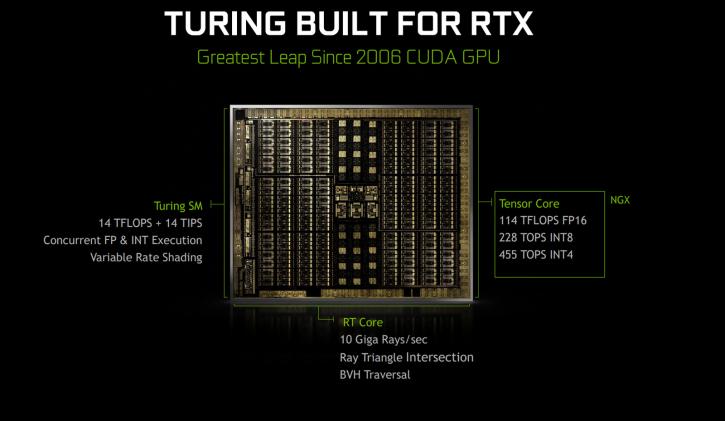
The Turing architecture is a massive shift in chip design from NVIDIA and touts a great deal of changes to allow them to introduce key fundamental technology including their RT cores which allows real-time raytracing and the Tensor cores for AI deep-learning computation.
NVIDIA may say its realtime raytracing but as they say themselves, its a tough feat to accomplish and requires immense computing power. Still, NVIDIA managed to refine their RT core technology and birth RTX. At its most simplest, the RT cores’ only function is to calculate a ray’s behavior which computationally demanding. This, added on top of CUDA cores, provides simultaneous rendering of traditional 3D scenes with RT functions handed off to the RT cores as the CUDA cores would be hampered by RT computation if fed simultaneously.
The other addition to the Turing GPU is the inclusion of NVIDIA’s deep learning Tensor Core. These specialized cores are intended for AI deep learning functions like neural net building and training. NVIDIA has demoed numerous functions utilizing deep learning like recoloring a scene, predicting pixels and enhancing artificially upscaled image quality with increased resolution. That last one is particularly what DLSS is but as of right now, there’s limited gaming application for AI deep learning but devs have been quite imaginative in experimenting with it as NVIDIA has mentioned in some conferences and talks about the RTX cards.
Product Images
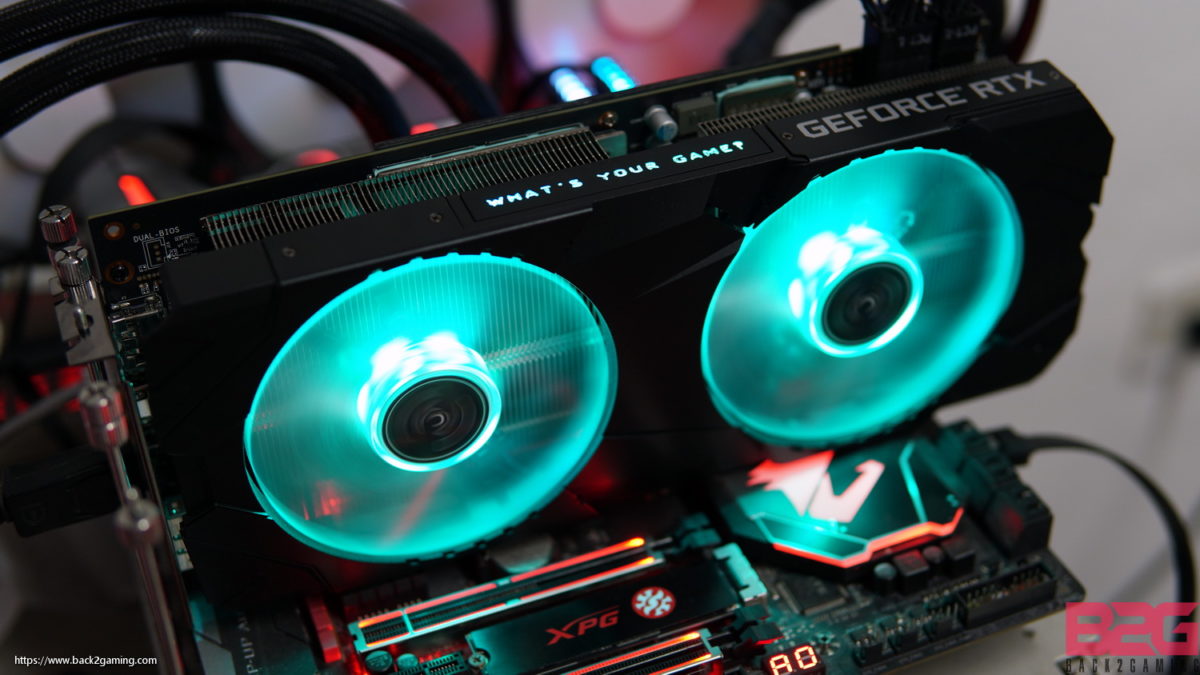
-
GALAX RTX 2070 EXOC 8GB Graphics Card Review -
GALAX RTX 2070 EXOC 8GB Graphics Card Review -
GALAX RTX 2070 EXOC 8GB Graphics Card Review -
GALAX RTX 2070 EXOC 8GB Graphics Card Review -
GALAX RTX 2070 EXOC 8GB Graphics Card Review -
GALAX RTX 2070 EXOC 8GB Graphics Card Review -
GALAX RTX 2070 EXOC 8GB Graphics Card Review -
GALAX RTX 2070 EXOC 8GB Graphics Card Review -
GALAX RTX 2070 EXOC 8GB Graphics Card Review
Test Setup and Methodology

Processor: Intel Core i7 8700K
Motherboard: GIGABYTE Z370 AORUS GAMING 7
Memory: Corsair Vengeance RGB DDR4-3600 16GB
Storage: WD Blue SSD 1TB SATA
PSU: Seasonic Platinum 1050w
Cooling: Fractal Design Celsius S36 AIO Liquid cooler
Monitor: Viewsonic VX2475smhl-4K
VGA: GALAX RTX 2070 EXOC
For a full-hardware workout, visit https://benchmarks.ul.com for our benchmarks of choice.
For benchmarking methodology please see our game benchmark method guide.
Frame rates and frame times of a 60-second game play were recorded using FRAPS v3.5.99. The test results are the average of 3 benchmark runs. Since this is a GPU review, we benchmarked the area of the games that put heavy load on the GPU.
All our test runs are repeatable, click the links below for area and details. Read our benchmarking methodology.
- DOTA2 – Kiev Major Grand Finals Game 5: OG vs Virtus.Pro (54:05 – 55:05)
- The Witcher 3 – Woesong Bridge
- Grand Theft Auto V – Palomino Highlands
- F1 2017 – Benchmark Mode (Australia, Clear Weather, Morning)
- Battlefield V – Nordlys
- Rainbow Six: Siege – Benchmark Mode
- Shadow of the Tomb Raider
See our Youtube playlist for benchmark sequences.
Note: Some proprietary technologies of NVIDIA like PCSS, HBAO+, and HairWorks work on AMD GPU’s BUT to maintain uniformity amongst GPUs, these have been turned OFF.
DOTA 2
The most popular game on Steam and the biggest competition in eSports; DOTA 2 is powered by the Source 2 engine. The game is fairly light on low to medium settings but maxed out with heavy action on screen especially during clashes can really stress most systems especially with Reborn update. This is a game where frame times matter as responsiveness is very important in high-stakes competition.
DirectX9 (default)
Best-Looking slider setting (Ultra)
FPS_MAX 240
Vsync OFF
1920×1080
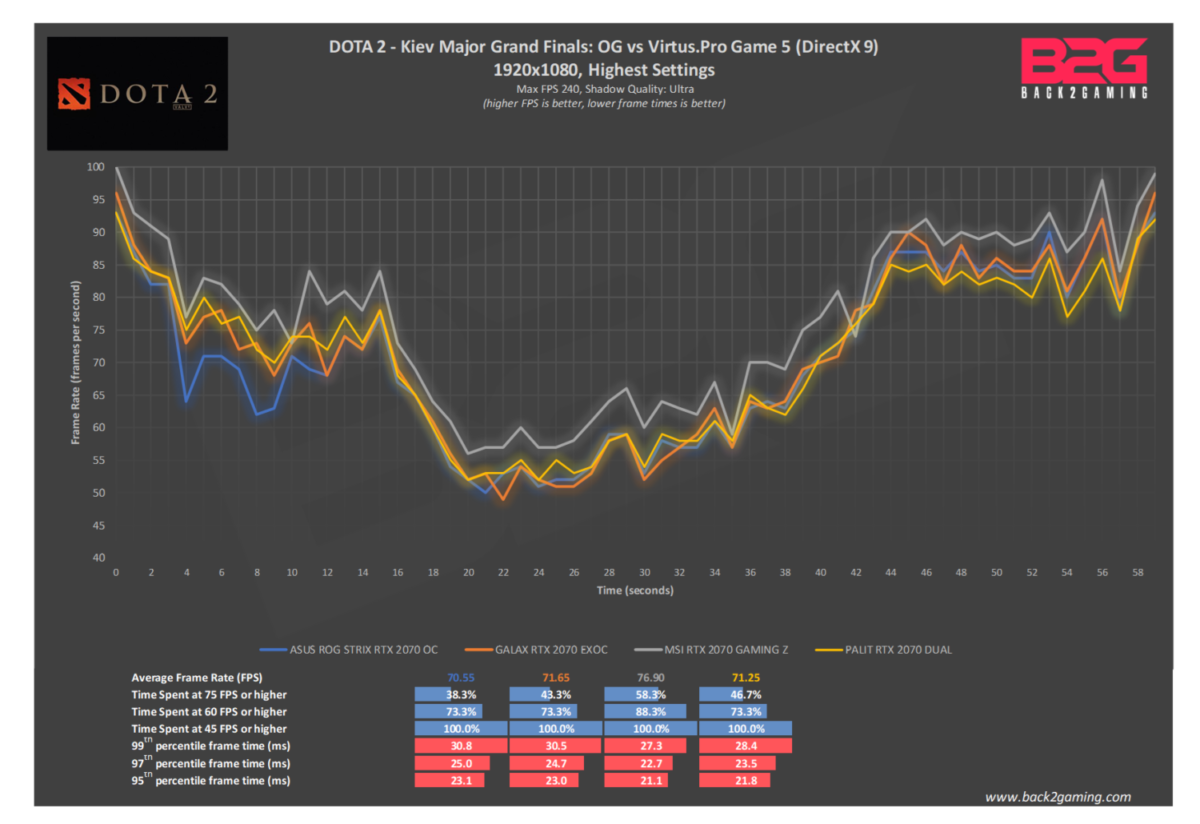
2560×1440
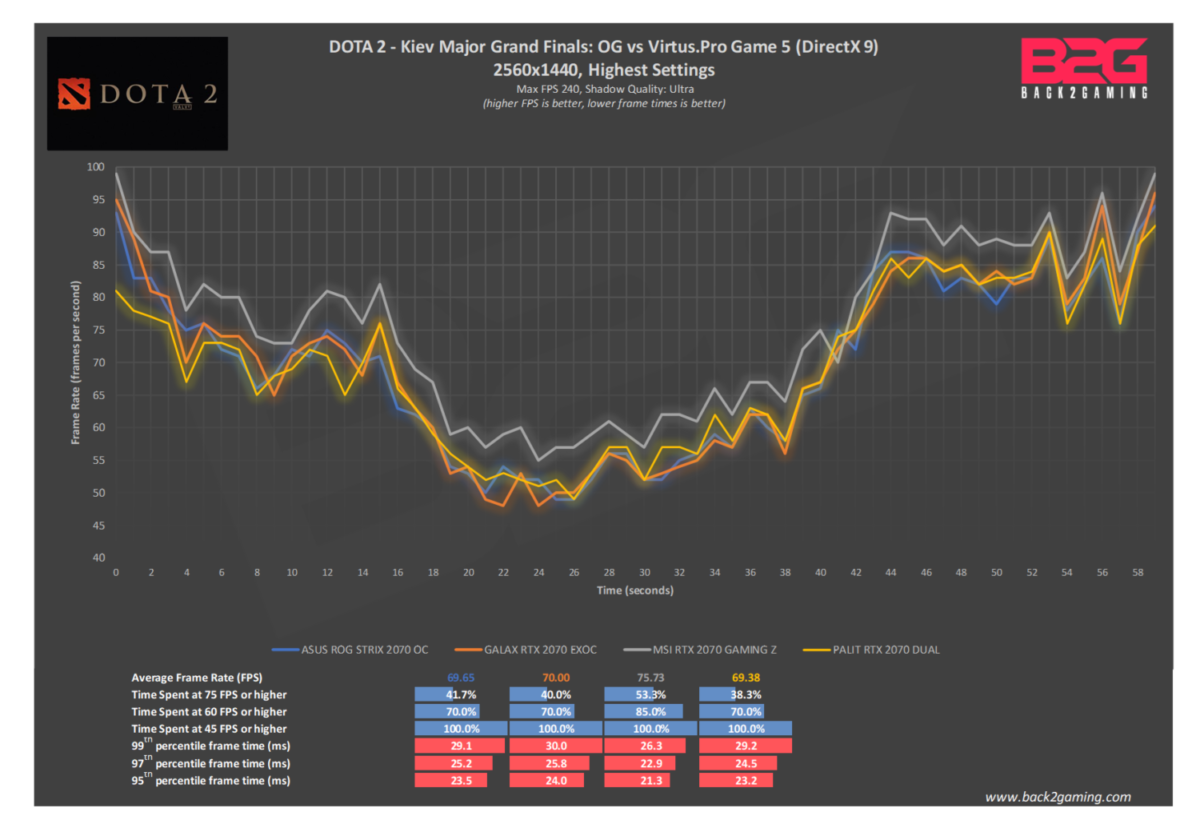
3840×2160
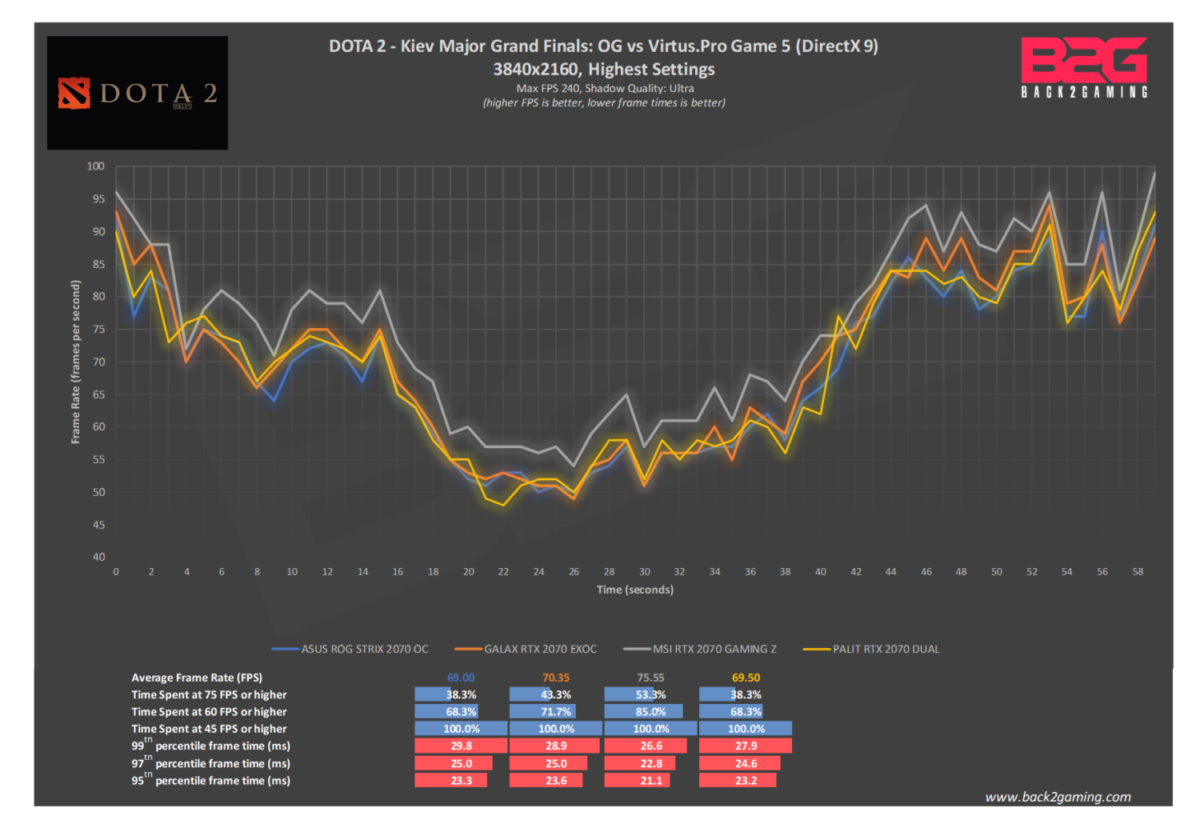
The Witcher 3 – The Wild Hunt

CD Projekt Red’s latest installment in the Witcher saga features one of the most graphically intense offering the company has to date. As Geralt of Rivia, slay monsters, beasts and men as you unravel the mysteries of your past. Vast worlds and lush sceneries make this game a visual feast and promises to make any system crawl at its highest settings.
Frame Rate: Unlimited
Nvidia HairWorks: Off
Ultra Settings
Motion Blur: Off
Blur: Off
Anti-aliasing: On
Bloom: On
Sharpening: High
Ambient Occlusion: SSAO
Depth of Field: On
Chromatic Aberration: Off
Vignetting: On
Light Shafts: On
1920×1080
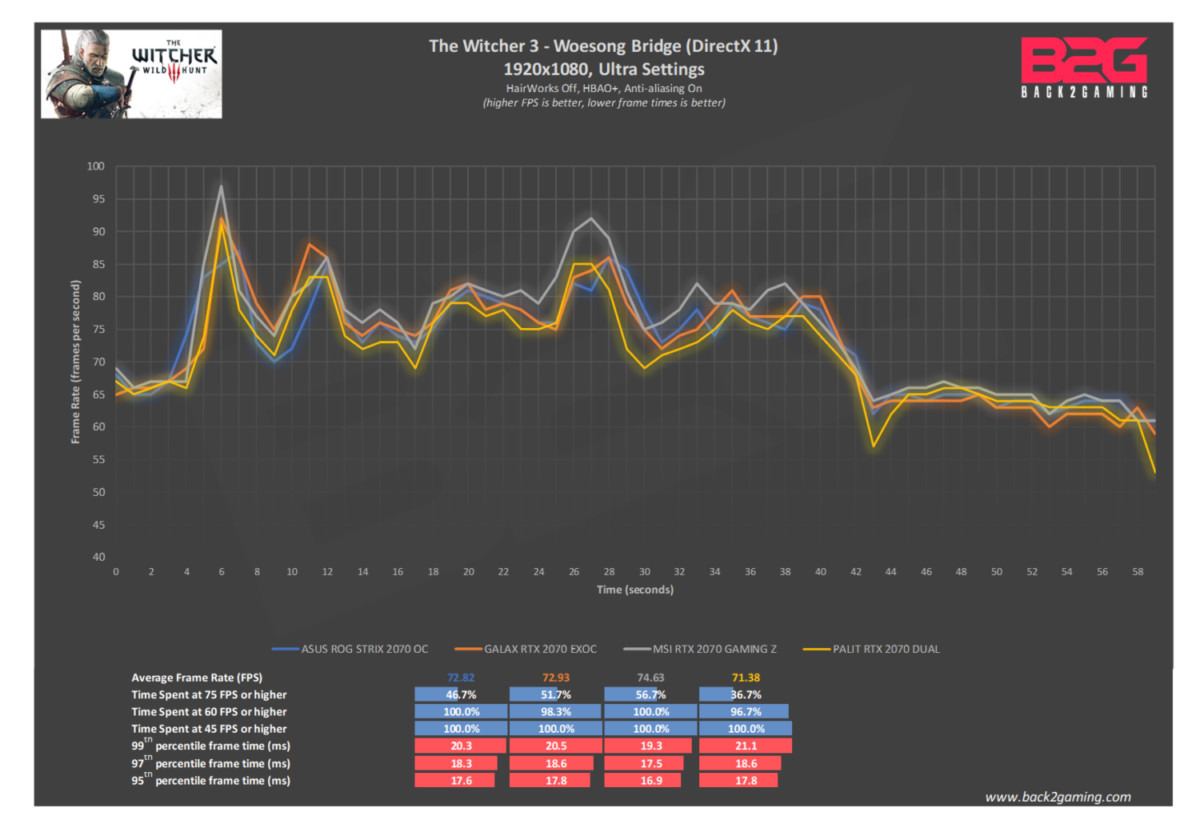
2560×1440
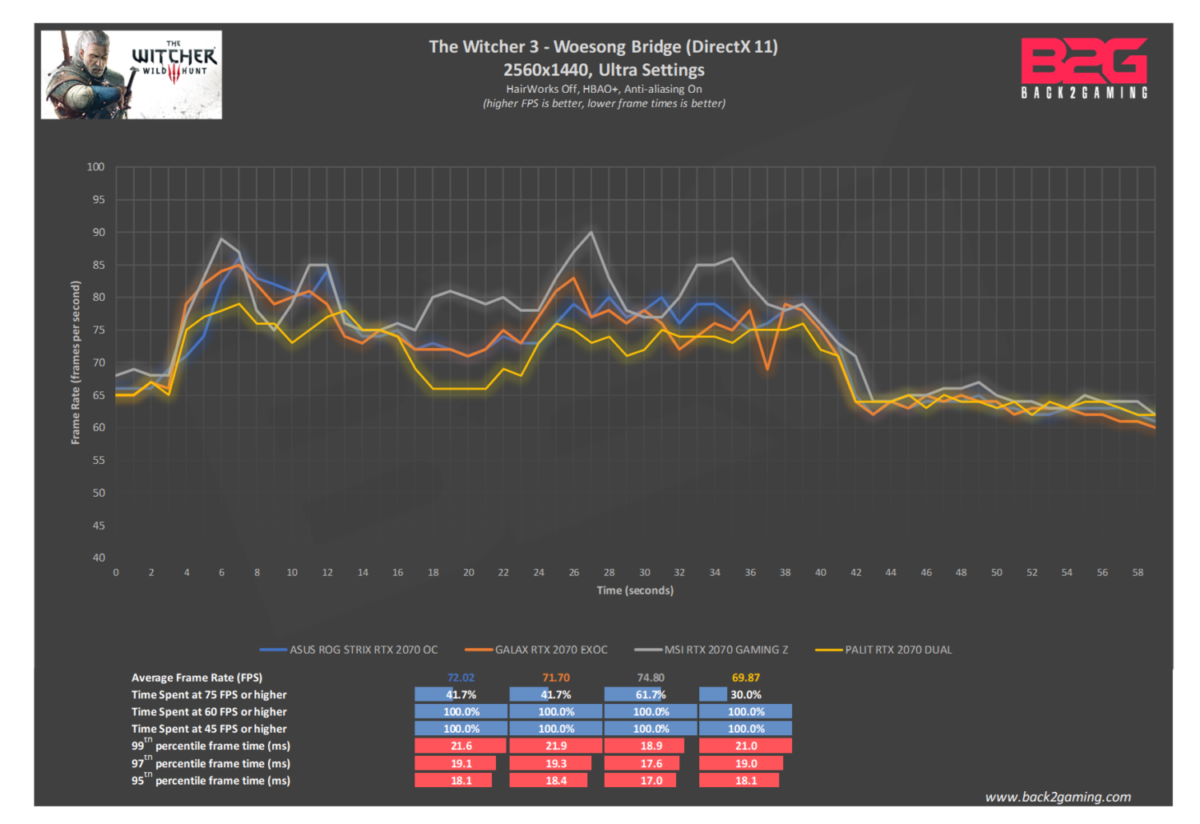
3840×2160
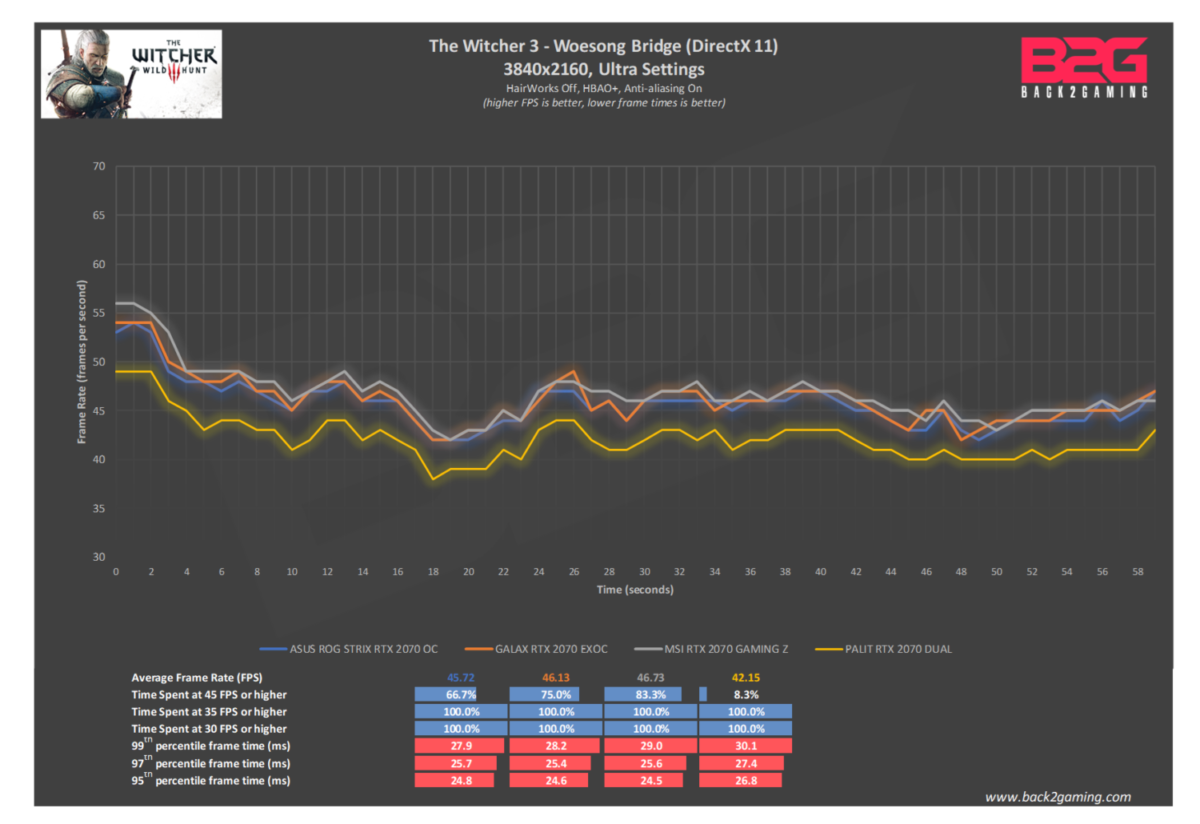
F1 2017

Set as the foundation of the Formula One eSports series, F1 2017 is a hallmark installment in the F1 sim-racing series as it expands previously introduced features and creates a great, F1 career simulation experience. The game is powered by EGO Engine 3.0 and features highly detailed cars with exceptional attention to environmental effects including those that simulate road condition and car condition.
Ultra High graphics settings
HBAO+
TAA
1920×1080
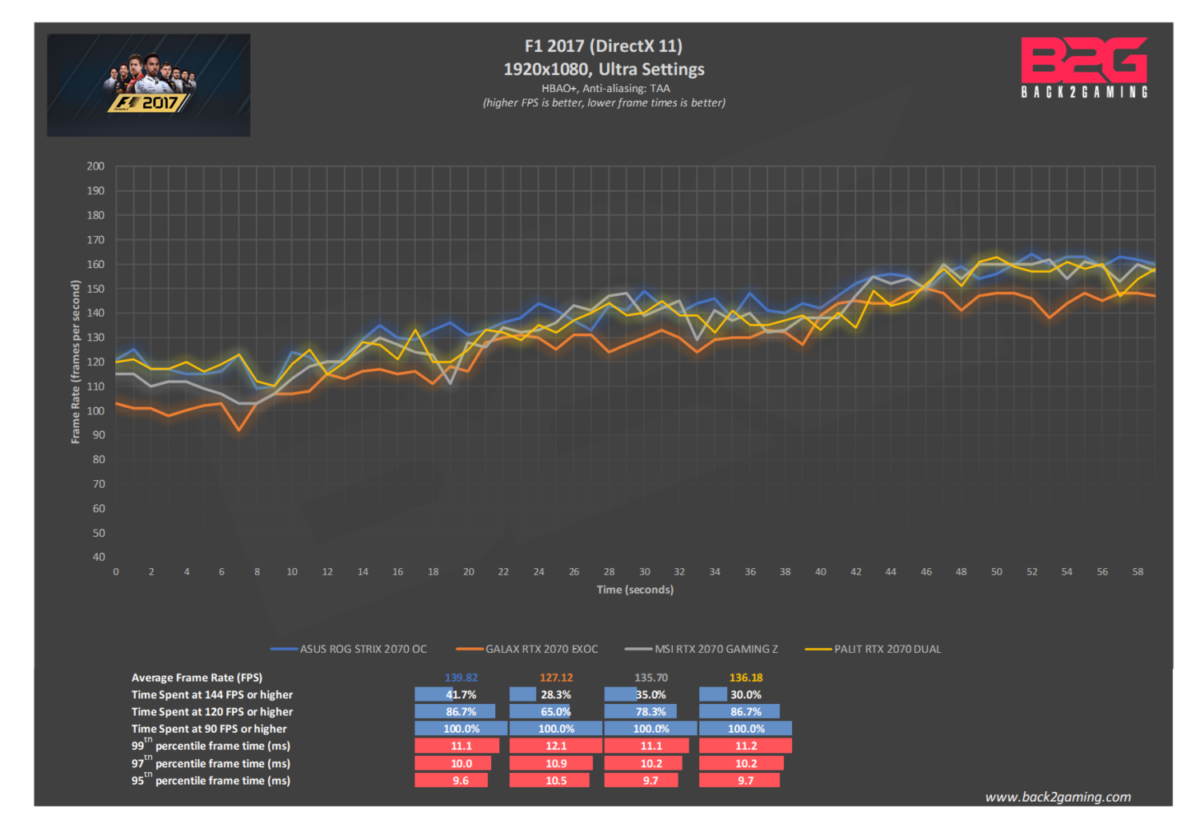
2560×1440
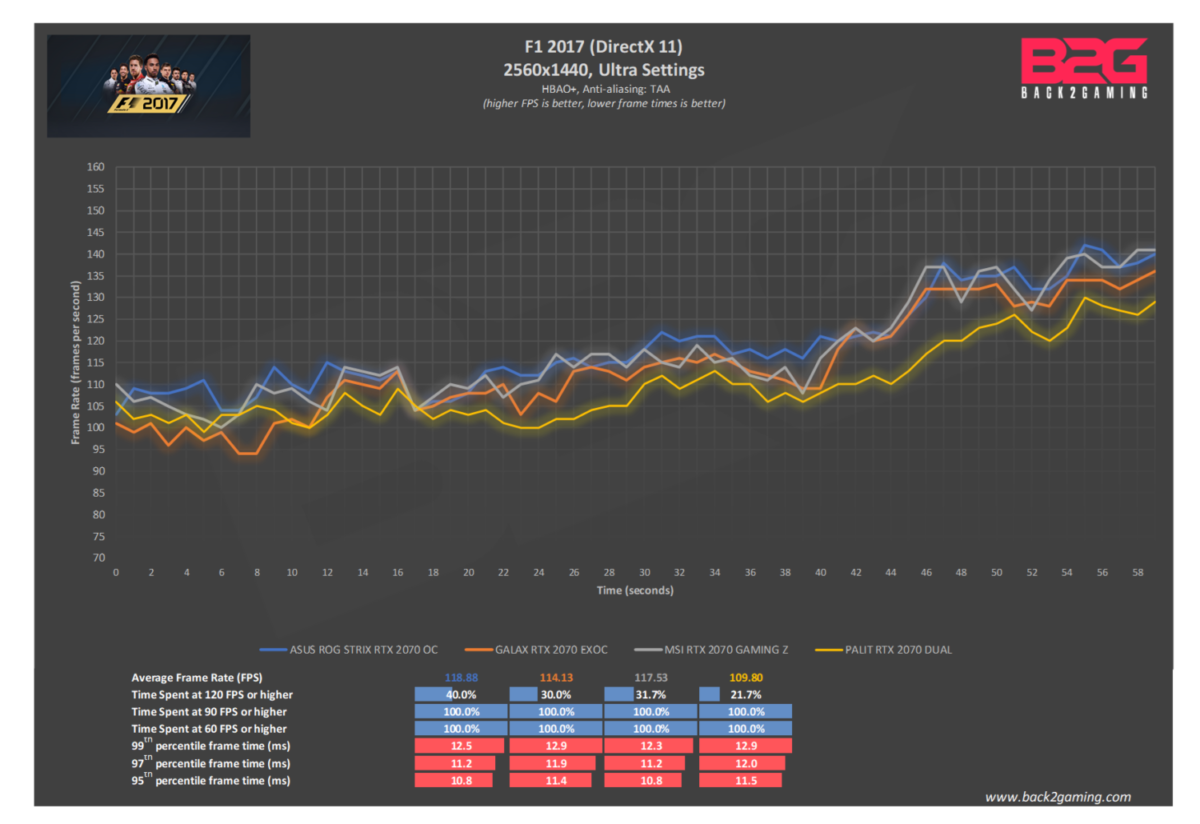
3840×2160
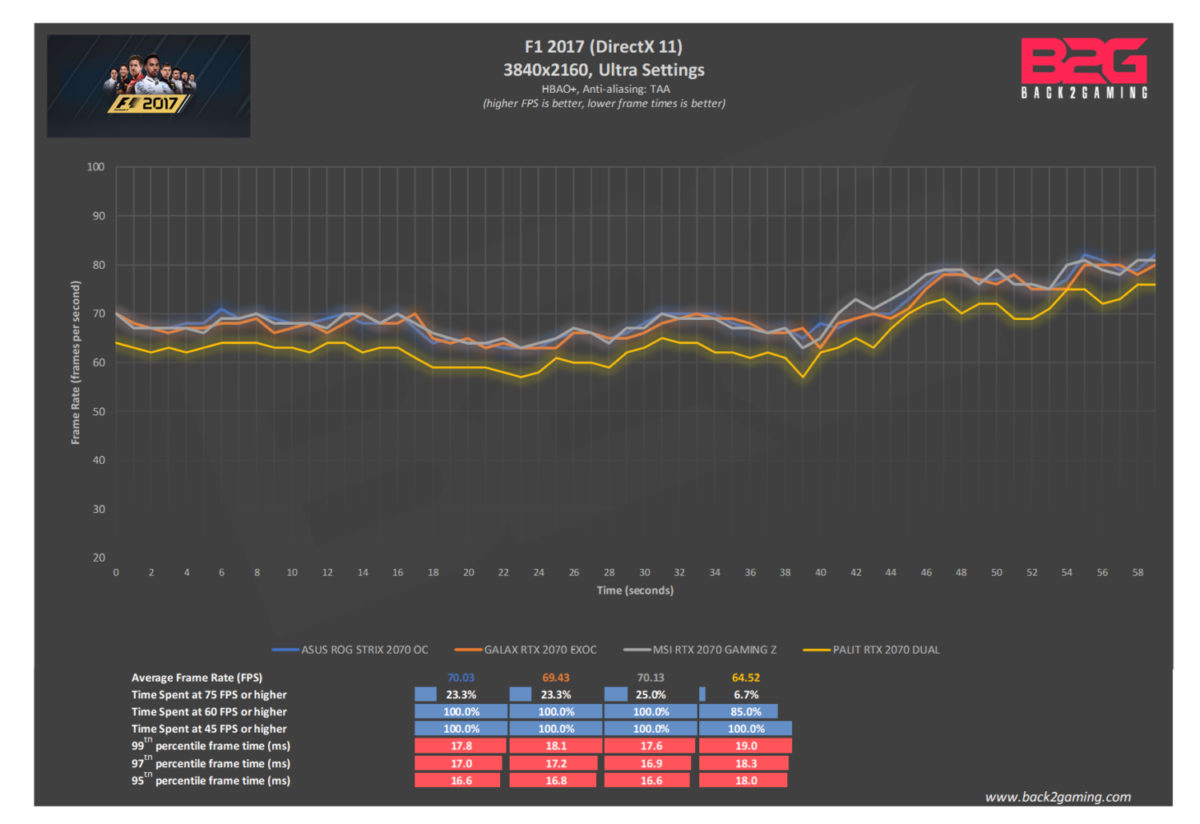
Grand Theft Auto V
The fifth and most successful installment to date in the highly controversial Grand Theft Auto series brings a graphical overhaul to the PC version of GTA V which many have lauded as a superior approach in porting a console game to PC. Featuring large areas and detailing, GTA V is a highly challenging application in terms of scene complexity.
FXAA Off
MSAA 4x
TXAA Off
Very High settings
Anisotropic Filtering: 16x
Motion Blur disabled
Advanced Graphics enabled
1920×1080
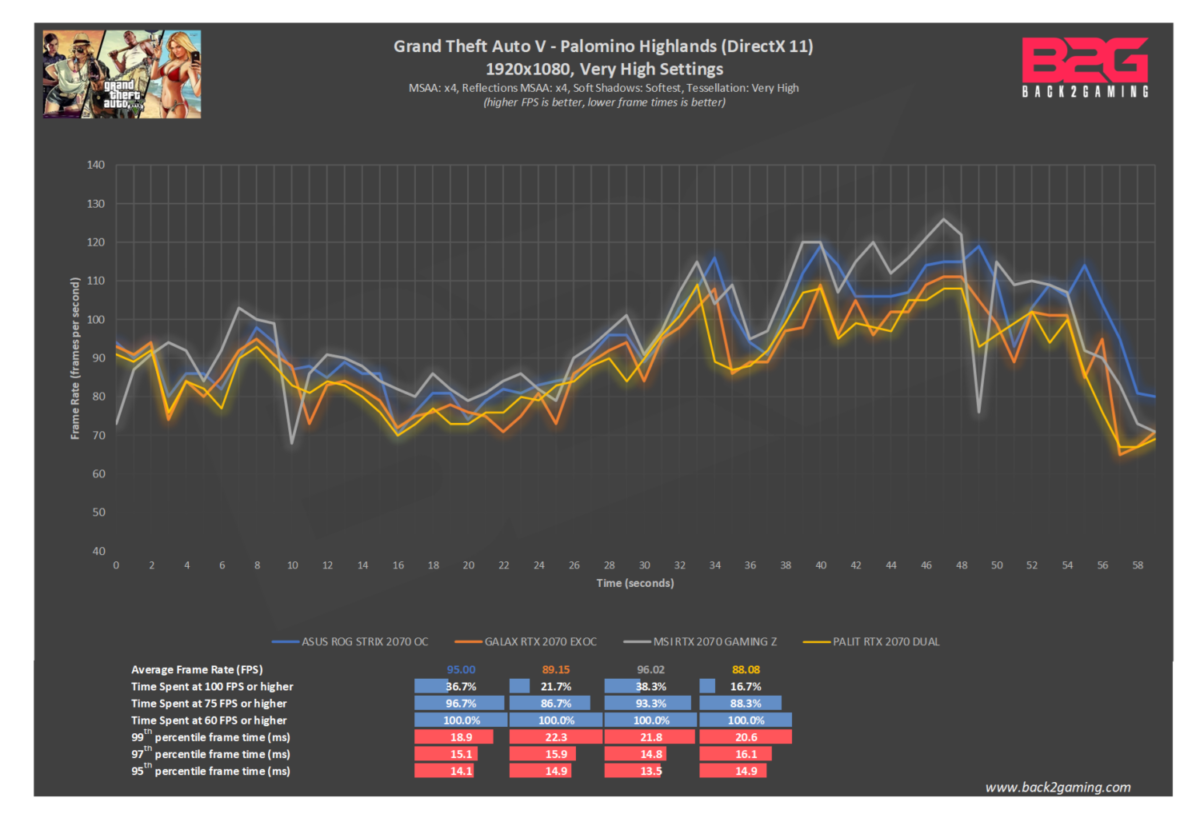
2560×1440
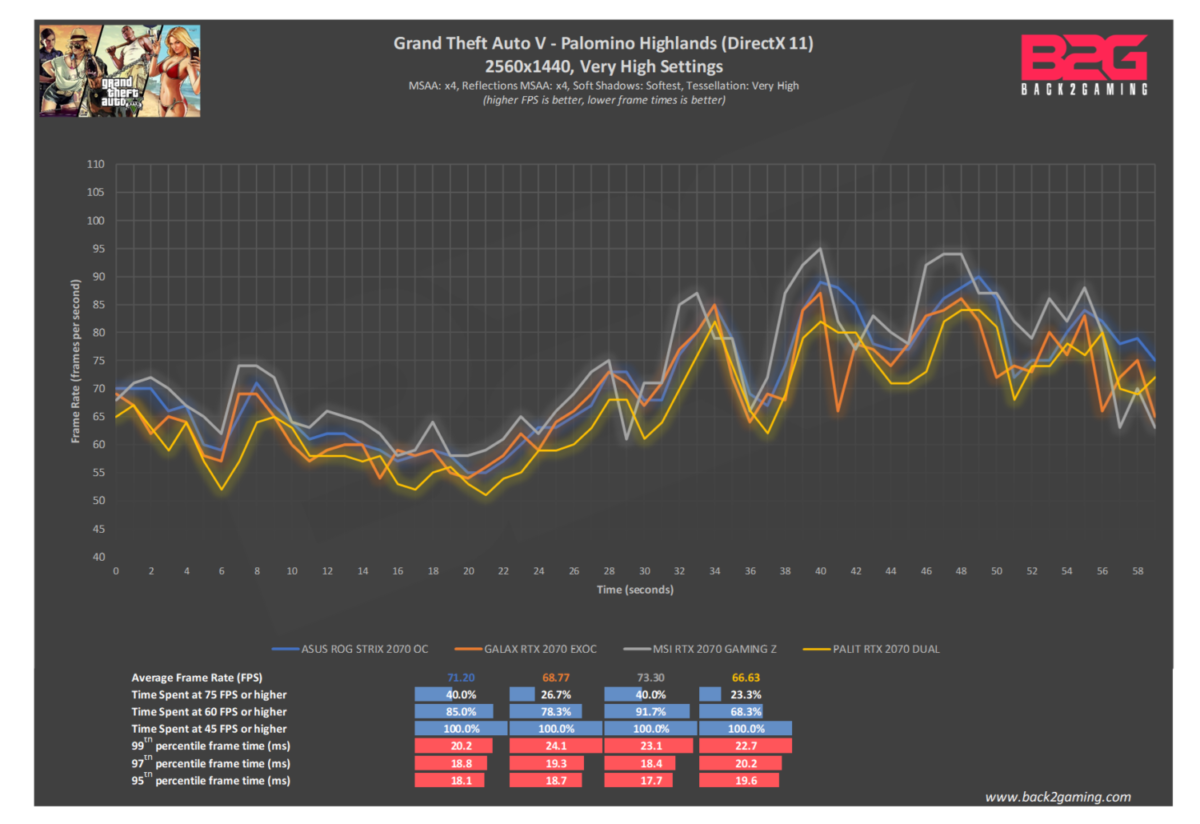
3840×2160
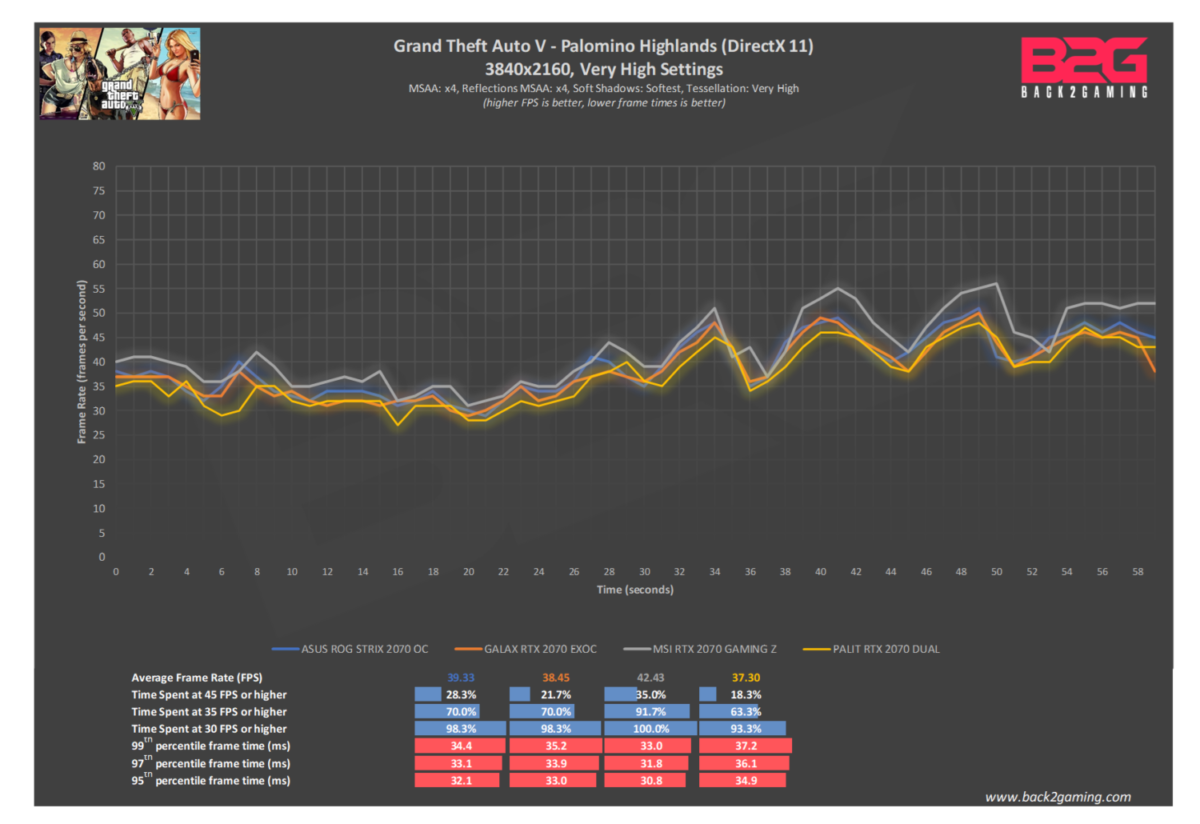
Battlefield V

Powered by DICE’s Frostbite 3 engine, Battlfield V takes the game back to World War 1 where the game offers a fresh, controversial take on this historic moment. The game retains Campaign mode which looks at various characters’ stories throughout the war. Multiplayer continues some of Batttlefield’s well-known modes but with the trend shifting towards battle royale format shooters, EA has also introduced Firestorm. Battlefield V still retains wide maps as well as mechanized warfare
DirectX 12
DXR Enabled
Future Frame Rendering Off
Graphics Quality: Ultra
Anti-Aliasing: TAA High
Ambient Occlusion: HBAO
1920×1080
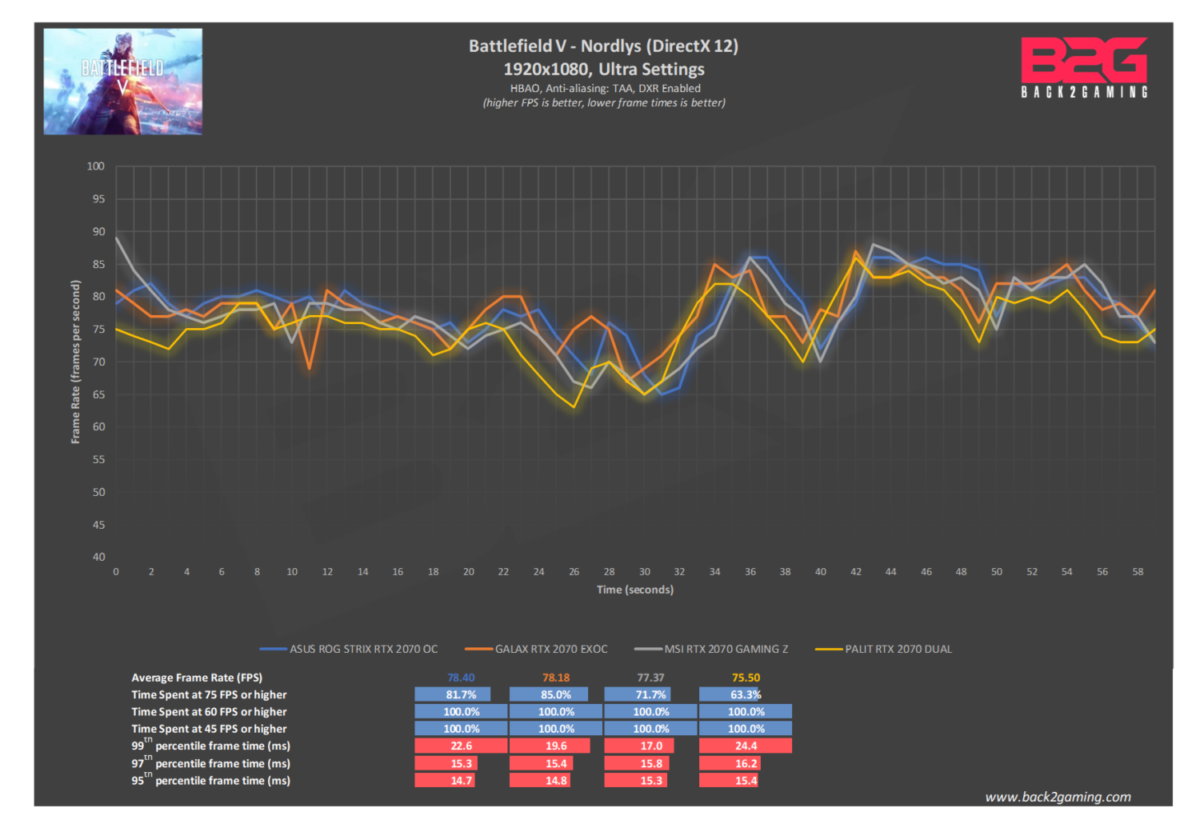
2560×1440
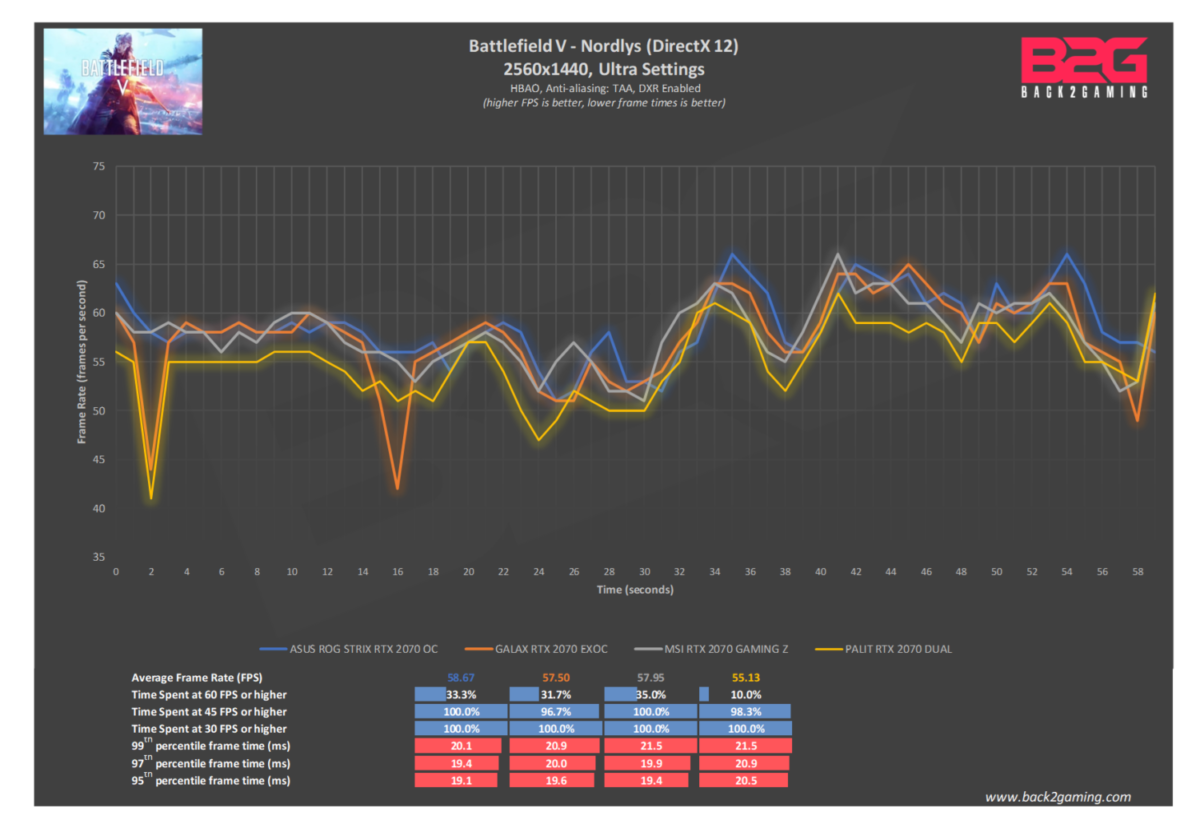
3840×2160
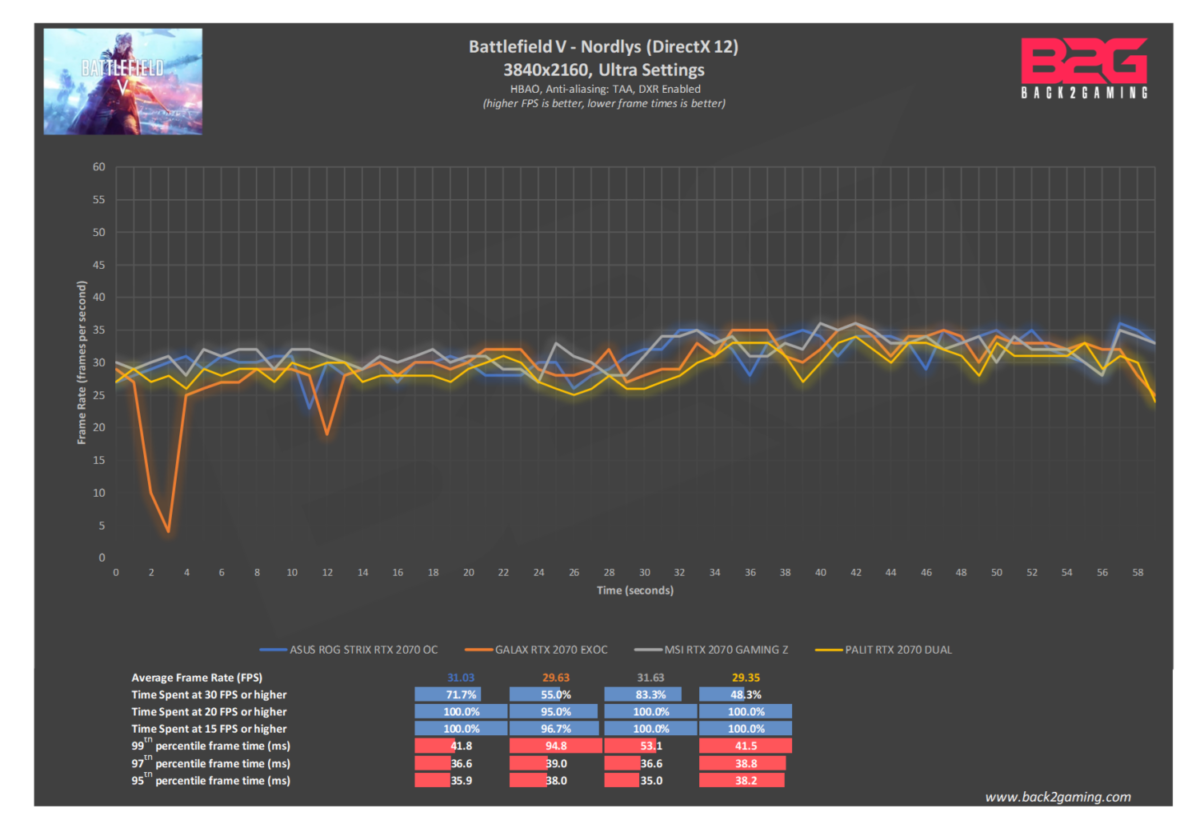
Temperature and Power Draw

To measure both power consumption and heat, we stress the video card and record the peak values for heat and wattage. We use default values on the cards and stress test them using 3DMark FireStrike Ultra in 20 loops to simulate gaming loads and this is where we also base our power draw.
System power draw is measured from the socket. We substract the idle power draw reading from the load power draw reading to get a good estimate of what the graphics card draws. The reading is an estimated figure and is affected by other factors like PSU efficiency. As our stress load is not a power virus that creates unrealistic and extreme workloads, we take the peak readings from these test and treat them as equivalent to gaming workloads that the products may be subject to.
Temperature
Power Draw
Thermal Images During Load
Conclusion

The GALAX RTX 2070 EXOC delivers very good numbers in terms of performance and manages to go neck-to-neck with more heavily cooled models despite its more conservative cooler. In terms of overall cooling, the GALAX RTX 2070 EXOC has decent temps overall and is dead silent even under load. We did notice that in some instances the fans do tend to go full active and never go idle even when the card is already at idle and temps are very low. Firing a game or rebooting activates passive mode again sometimes but to be honest we really don’t mind the card going full active as it does ramp down fan speed during idle even when it doesn’t go into a full stop. The fans aren’t audible as well to be a bother.
The card feels quite solid and the backplate rounds out the overall look of the GALAX RTX 2070 EXOC very nicely. It also helps in alleviating heat buildup on the PCB as we see in the thermal images, drawing heat to itself and allowing case airflow to cool it down.
In terms of overall appeal, the card is quite a sleeper hit. Its performance is on par with cooler types of its class and build quality is impressive. The design is subdued yet exudes a purpose-built appeal and has a sturdy look to it. The black variant blends in well with many motherboards out right now and the RGB lighting is decent and well-executed and allows the card to blend with themed color builds well.
Overall, the GALAX RTX 2070 EXOC is a great card for those looking for a nicely priced RTX 2070. It sits just around the $600 or 30k Php mark which is a sweet price point for RTX 2070s. The build quality of the GALAX RTX 2070 EXOC coupled with the option of white or black backed by decent cooling and performance makes it a handsome offer that is hard to pass up.
GALAX backs the RTX 2070 EXOC with a 2-year warranty. We give it our B2G Silver Award!




